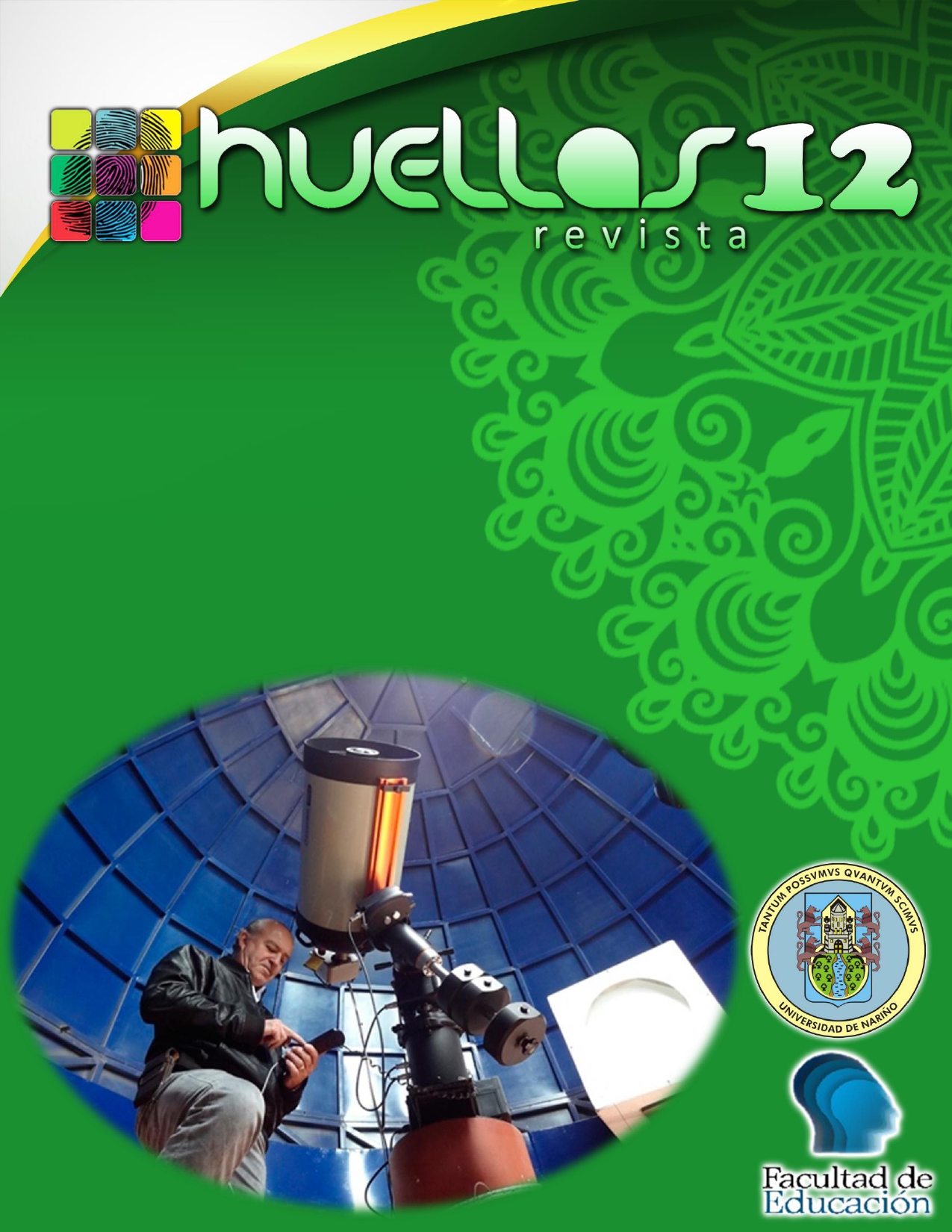AMBIENTES DE APRENDIZAJE DIGITALES PARA LA LECTURA INICIAL
Keywords:
Computadores, Tecnología, Informática, Software educativoAbstract
It is well known that the area or more computers and computer technology have provided the general fields of education, revealing the need to implement studies on topics which are designed to complement the various fields in education and thus enabling students to increase their innovative capacity.
The information and communications technology provides different resources grouped in three main areas: integrated package, educational software, and Internet. These resources are valuable tools to support teaching and learning process for students, producing significant changes in teaching practices, teaching methodologies and the way students access to knowledge.
The use of educational software is an interesting proposition because it provides new strategies in the teaching-learning process, making it a great support to the teacher during the development of their activities also is attractive to students by offering a class in which they can actively participate.
Today, educational institutions seeking to improve the methodology used to conduct the educational process and are keen to seek new tools to enable them to teach the subject through means other than board and notebook.
The development of educational software that was implemented in the IEM Santa Barbara is aimed at enhancing learning in the initial reading of first grade children and will be an important tool for school as it is looking for technologies that improve the performance of teachers and students.
Downloads
References
COLLINS, A. (1998). “El potencial de las tecnologías de la información para la educación”, Nuevas tecnologías para el aprendizaje. Madrid: Pirámide, pp. 29-51. Citado.
BETTETINI, G. (1995). Tecnología y comunicación. En G. Bettetini y F. Colombo. Las nuevas tecnologías de la comunicación (pp. 15-39) Barcelona Diccionario de la educación. Editorial Santillana.
NORTON. (1999) Introducción a la computación tercera edición. Editorial McGraw-Hill 444 p.
REVISTA LATINOAMERICANA DE TECNOLOGÍA EDUCATIVA Volumen 1. Número 1
Fry, Maquinas de enseñar. Editorial Pueblo y educación. La Habana 1971
Historia de la educación. “Microsoft Encarta 2007 [DVD]. Microsoft corporation 2007
Guías de formación docente en estrategias para el mejoramiento de la educación básica y para el aprendizaje personalizado. Fundación Escuela nueva Volvamos a la Gente 2004
MARTÍNEZ, Elba; HERNANDEZ, María Claudia. Actuación Pedagógica y dimensión formativa de los Proyectos Educativos Institucionales. Alcaldía de Pasto, Secretaria Municipal de Educación y Cultura. Pasto, Agosto de 1999 (pp. 65 – 98)
KENDALL, Kenneth y KENDALL, Julie. Análisis y dise ño de sistemas. Editorial Pearson Educación Prectice Hall. 3 ed, 1997.380 p



